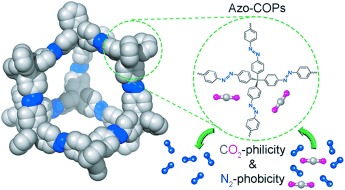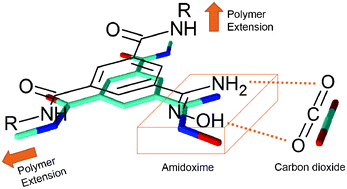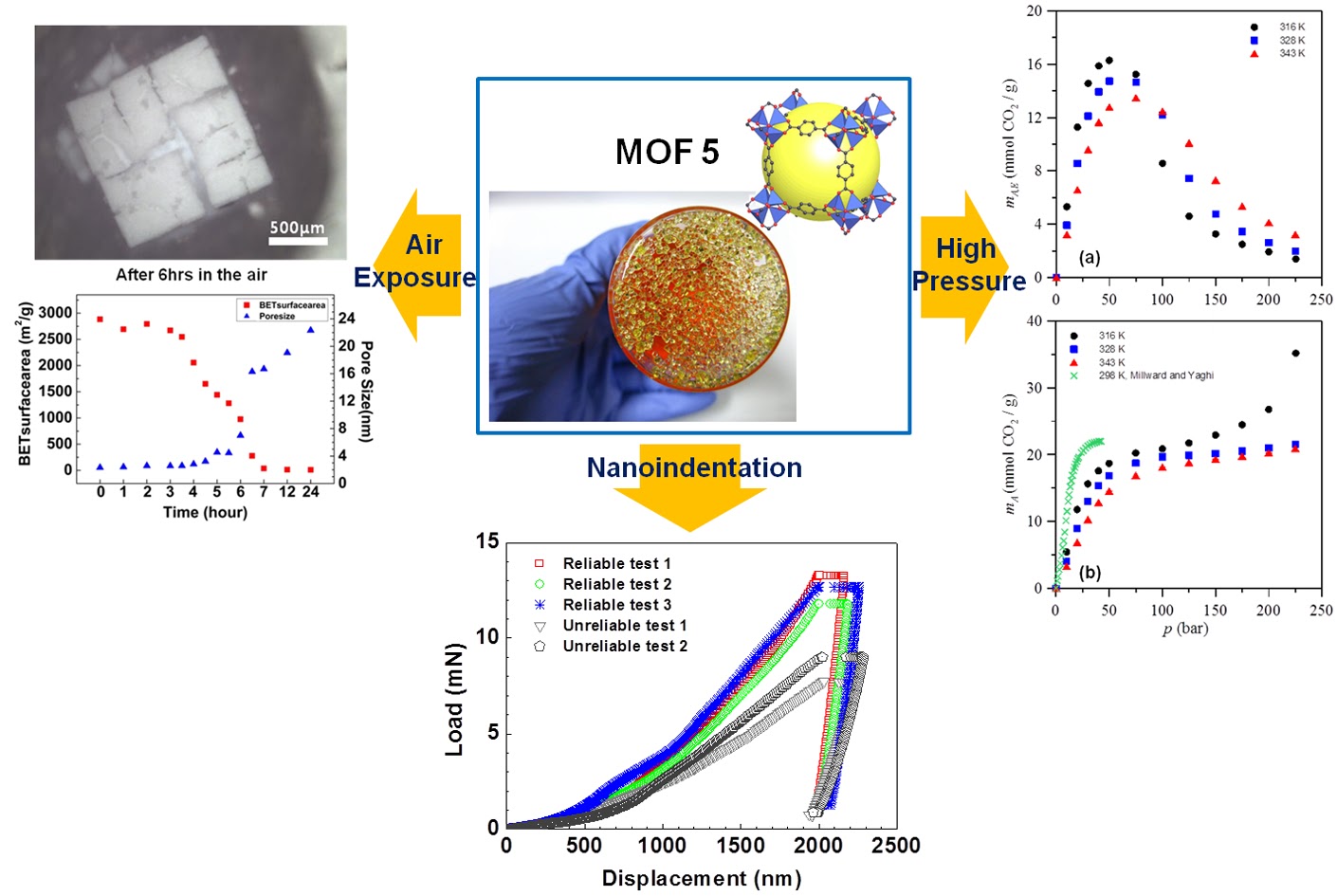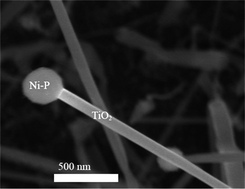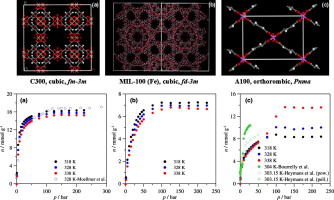Aminosilane grafted and diamine modified reactive montmorillonite was exploited to generate aromatic polyamide based nanocomposites. For better compatibility, the hydrophilic nature of montmorillonite was changed into organophilic using 1,4-phenylenediamine, and the hydroxyl groups present on the clay surface and edges were used to graft 3-aminopropyltriethoxysilane (APTS) on clay sheets. The dispersion of clay was monitored in the polyamide obtained from 1,4-phenylenediamine, 4,4′-oxydianiline, and isophthaloyl chloride. These chains were converted into carbonyl chloride ends to interact with free amine groups of grafted APTS and diamine. Thin films were probed for FTIR, XRD, SEM, TEM, tensile testing, TGA, and DSC measurements. The results described ample dispersion of clay in the nanocomposites with tensile strength increased 110% and elongation increased 172% upon the addition of 4–6 wt % clay. Thermal decomposition temperatures of the nanocomposites were in the range 425–480 °C. The glass transition temperature increased up to 142.4 °C with 6 wt % addition of organoclay.
